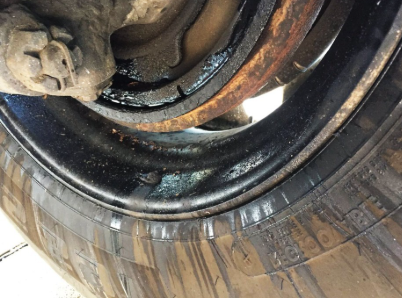What Are the Signs of Wear or Damage on a Spider Hub?
A spider hub is a critical component in heavy vehicle wheel assemblies, designed to support the brake drum and wheel while ensuring proper rotation and stability. It plays a key role in distributing weight and handling forces during transit. Over time, spider hubs can experience wear or damage, which, if left unaddressed, may lead to unsafe driving conditions or costly repairs. Recognising the early warning signs is essential for safe and efficient vehicle operation.
Common Causes of Spider Hub Wear or Damage
Spider hubs are built to handle demanding workloads, but several factors can accelerate wear or cause damage:
- Heavy loads or overloading beyond the hub’s rated capacity.
- Poor lubrication or lack of regular maintenance.
- Incorrect installation or improper torque settings.
- Harsh environments with high moisture, dirt, or road salt exposure.
Key Signs of Wear or Damage
Visible Cracks or Fractures
Cracks are often found near the spoke arms or around bolt holes. Even small fractures can compromise the hub’s structural integrity, making replacement a priority.
Excessive Corrosion or Rust
Rust can weaken the metal over time, especially if the protective finish has worn away. Severe corrosion can lead to reduced load-bearing capacity and eventual failure.
Worn or Damaged Bearing Seats
If the bearing seats are worn, the wheel assembly may not rotate smoothly, increasing friction and heat, which can damage other components.
Distorted or Out-of-Shape Flanges
Bent or warped flanges can cause wheel misalignment, leading to uneven tyre wear and reduced handling performance.
Loose or Damaged Studs
Studs that don’t sit securely may cause the wheel to wobble or loosen during operation. If you notice this issue, it’s important to inspect the spider hub for further signs of structural wear.
How to Inspect a Spider Hub
- Ensure safety first by parking on level ground, engaging the brakes, and using wheel chocks.
- Remove the wheel and brake drum to access the hub fully.
- Check all visible surfaces for cracks, rust, or distortion.
- Test stud security and examine bearing seats closely.
Read Also: Lifeguard Classes: Building Discipline and Mastering Rescue Techniques
When to Repair vs Replace a Spider Hub
- Repair may be possible for minor surface corrosion or replaceable studs.
- Replace if there are cracks, severe rust, damaged bearing seats, or significant distortion, as these issues compromise safety.
Preventing Future Wear and Damage
- Follow a regular inspection schedule.
- Maintain proper lubrication.
- Use the correct torque settings when installing wheels.
- Avoid overloading the vehicle.
Parting Advice
A spider hub in good condition is essential for the safe and smooth operation of heavy vehicles. By watching for signs like cracks, rust, worn bearing seats, and loose studs, operators can address issues before they become major problems. Regular inspections, quality parts, and proper maintenance will help extend the lifespan of this critical component.






